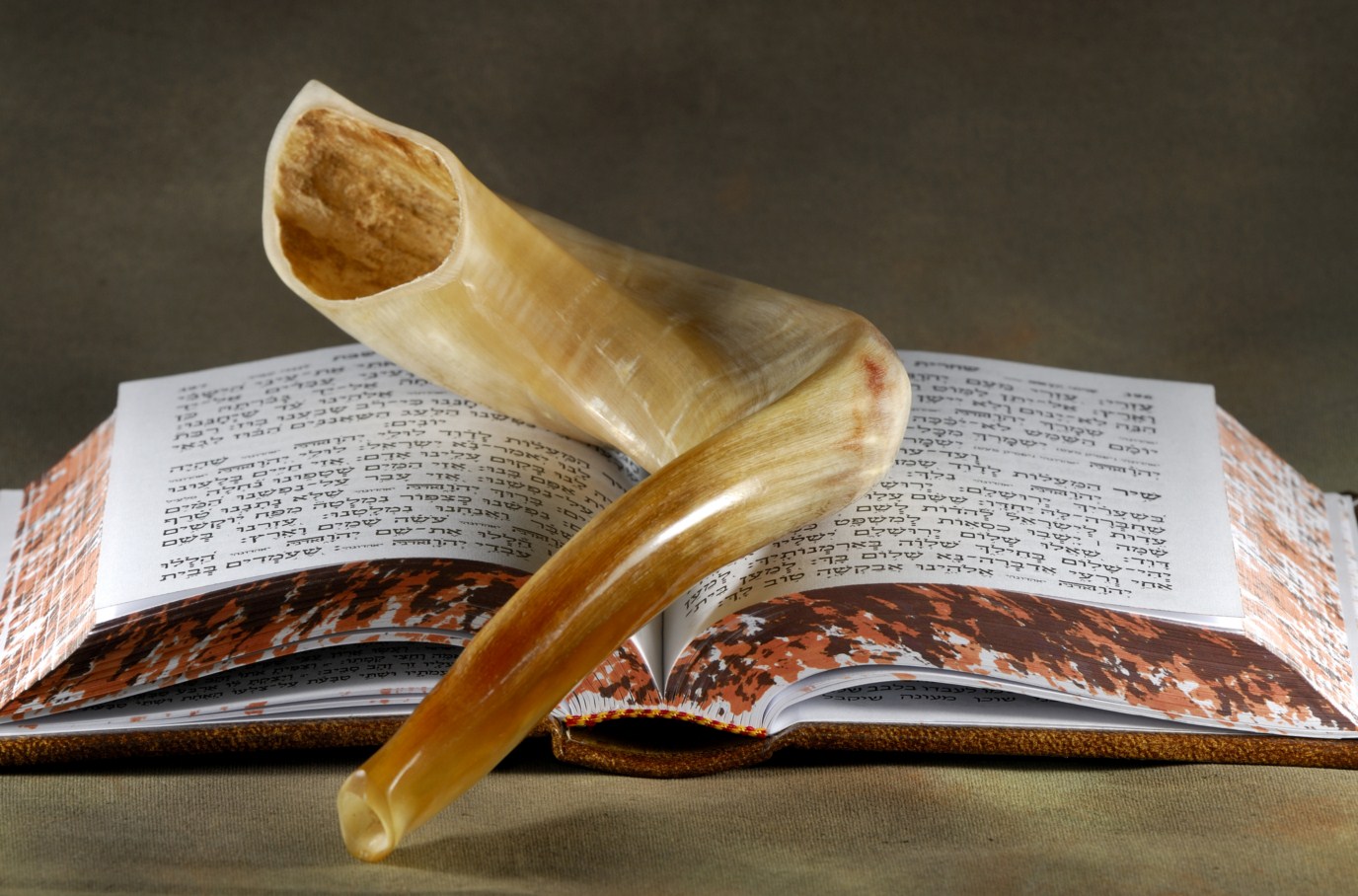The defining moment of Yom Kippur occurs when people in the synagogue chant the Unetanneh Tokef prayer: “How many will pass from the earth and how many will be created; who will live and who will die…”
My father, as a boy in the West End of Boston in the 1920’s, said that this prayer drew on heavy emotions. He remembered the sobbing. It was then in the service that letters from Europe were read aloud to tell everyone who had been killed in recent pogroms in Poland and Lithuania.
For me, a difficult moment of Unetanneh Tokef occurred on Yom Kippur in 1973 in Israel. As that prayer was chanted, an IDF officer tapped the shoulder of a fellow sitting three seats away, to tell him that he was being called to war, which would break out in a matter of hours. The sight of watching the young man remove his Tallit prayer shawl, kissing his ten-year-old son, and running out of the synagogue to the jeep that awaited him will always be in my mind.
This year, Yom Kippur is observed at moment of new life-threatening challenges.
The prestigious researcher, Dr. Max Singer, recently published a study which must not be ignored. It shows, for the first time, that the Arabs of Hezbollah, north of Israel, have acquired thousands of precision missiles, more advanced than their earlier strike capabilities, which can hit anywhere across the Jewish state and be aimed at selected targets.
These missiles can target the refineries or ammonia plant in Haifa, the power station in Ashkelon, the Peres nuclear facility in Dimona or any hospital in the country. And they may just hit their targets.









